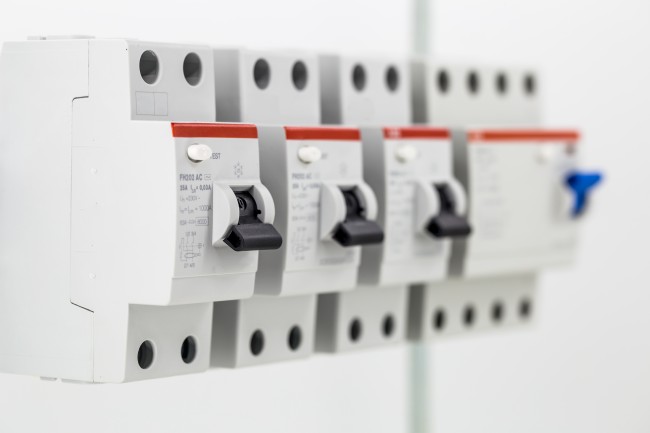
Miniature Circuit Breakers (MCBs) play a crucial role in electrical systems, serving as a protective device that safeguards circuits and electrical appliances from potential damage due to overcurrents.
Understanding the basics of MCBs is essential for anyone involved in electrical installations, or even for the average homeowner.
In this blog, we’ll discuss the key aspects of MCBs, exploring what they are, how they work, and the various types available in the market.
What Is a Miniature Circuit Breaker?
Miniature Circuit Breakers, commonly known as MCBs, are compact switches designed to automatically interrupt the flow of electrical current when it exceeds a certain threshold.
Unlike traditional fuses, MCBs can be easily reset after tripping, making them a more convenient and cost-effective solution for circuit protection.
Key benefits from an MCB:
- Compact design for easy installation.
- Automatic current interruption feature.
- Reusable – can be reset after tripping.
- Replaces traditional fuses in modern electrical systems.
How Does a Miniature Circuit Breaker Work?
Understanding the working principle of an MCB is essential to grasp its role in protecting electrical circuits. MCBs operate based on the thermal-magnetic principle, combining two mechanisms to respond to different types of overcurrents.
Thermal Operation:
- The bimetallic strip within the MCB heats up due to excess current.
- When the strip reaches a critical temperature, it bends and triggers the tripping mechanism.
- Primarily responds to moderate overcurrents.
Magnetic Operation:
- In the presence of a high, instantaneous overcurrent, the magnetic coil within the MCB activates.
- This magnetic force trips the circuit breaker, protecting against short circuits and severe overcurrents.
Types of Miniature Circuit Breakers and Their Usage
MCBs come in various types, each designed to cater to specific electrical applications. Understanding the different types allows for optimal selection based on the requirements of the electrical system.
1. Type B MCBs:
- Ideal for general household applications.
- Offers protection against moderate overcurrents.
- Commonly used in lighting circuits and domestic appliances.
2. Type C MCBs:
- Suited for circuits with motor loads.
- Protects higher levels of overcurrent.
- Commonly used in industrial settings and HVAC systems.
3. Type D MCBs:
- Designed for circuits with high inrush currents.
- Offers protection against extremely high overcurrents.
- Commonly used in industrial applications and heavy machinery.
4. Residual Current Circuit Breakers (RCCBs):
- Detects and protects against earth faults and leakage currents.
- Essential for preventing electrical shocks and ensuring safety.
- Commonly used in residential and commercial installations.
5. Combination MCBs (Type B + Type C):
- Provides a versatile solution for diverse electrical systems.
- Offers combined protection against both moderate and higher overcurrents.
- Suitable for applications with varying load conditions.
To Recap:
Miniature Circuit Breakers are indispensable components of modern electrical systems, offering efficient and reliable protection against overcurrents.
Understanding the different types of MCBs and their applications enables users to make informed decisions when selecting circuit protection for various scenarios.
Whether in a residential setting or an industrial environment, the proper use of MCBs contributes significantly to electrical safety and system reliability.
Explore a variety of Miniature Circuit Breakers here to find the right fit for your specific needs.
